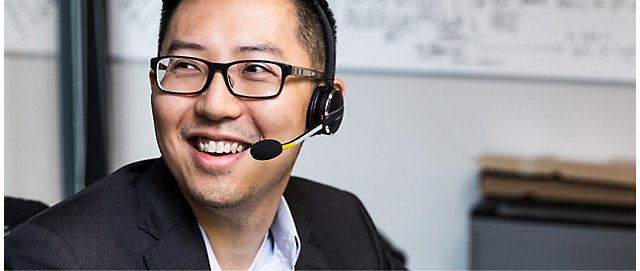Many of Albert Heijn’s workforce are young and tech savvy. With a tight labor market and a need to retain talent, the business needed to optimize processes and address the demands of Gen Z employees, supporting them in their day-to-day work life.
With the help of Azure OpenAI, the supermarket chain developed a conversational assistant within its @AH Employee App for store employees which answers questions related to their tasks or customer requests.
Albert Heijn has started to see improvements in the efficiency of labor-intensive processes such as restocking shelves, and in how employees help customers directly. Initial feedback from store employees suggests the assistant is having a positive impact on their daily tasks.











Follow Microsoft